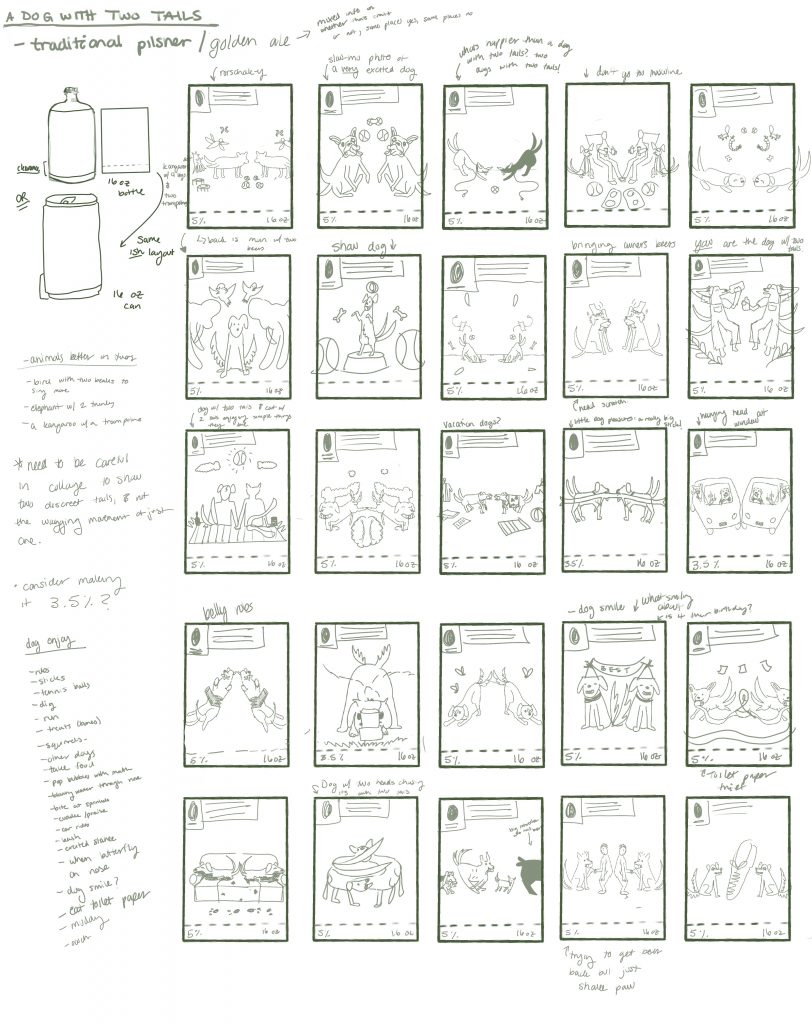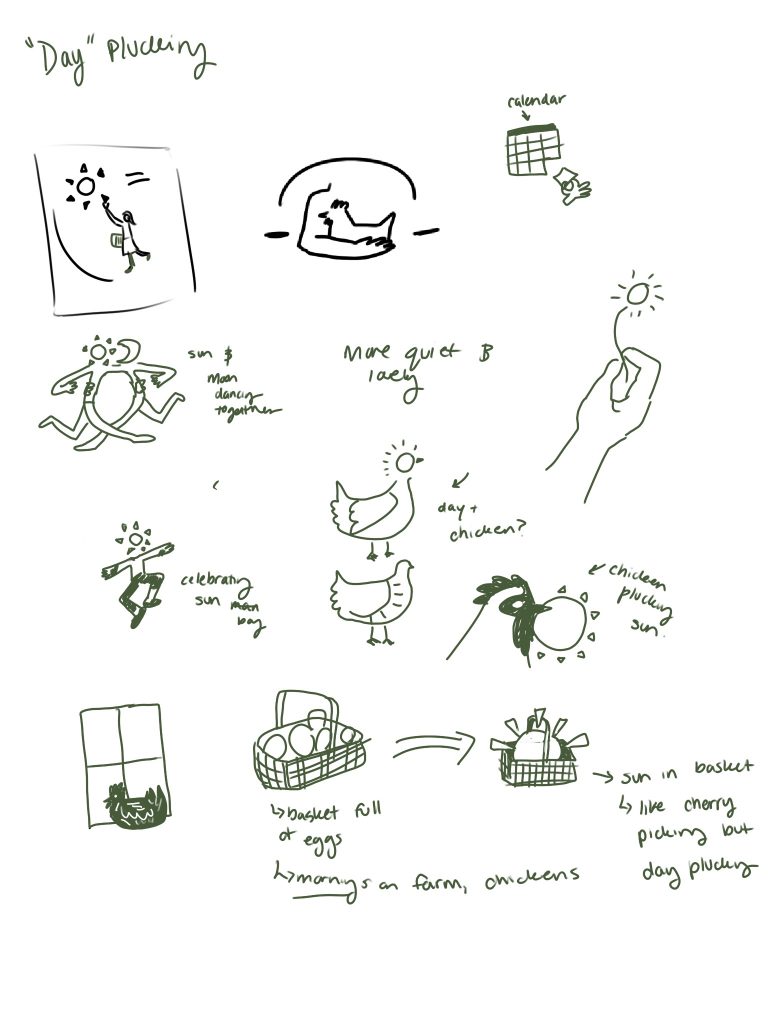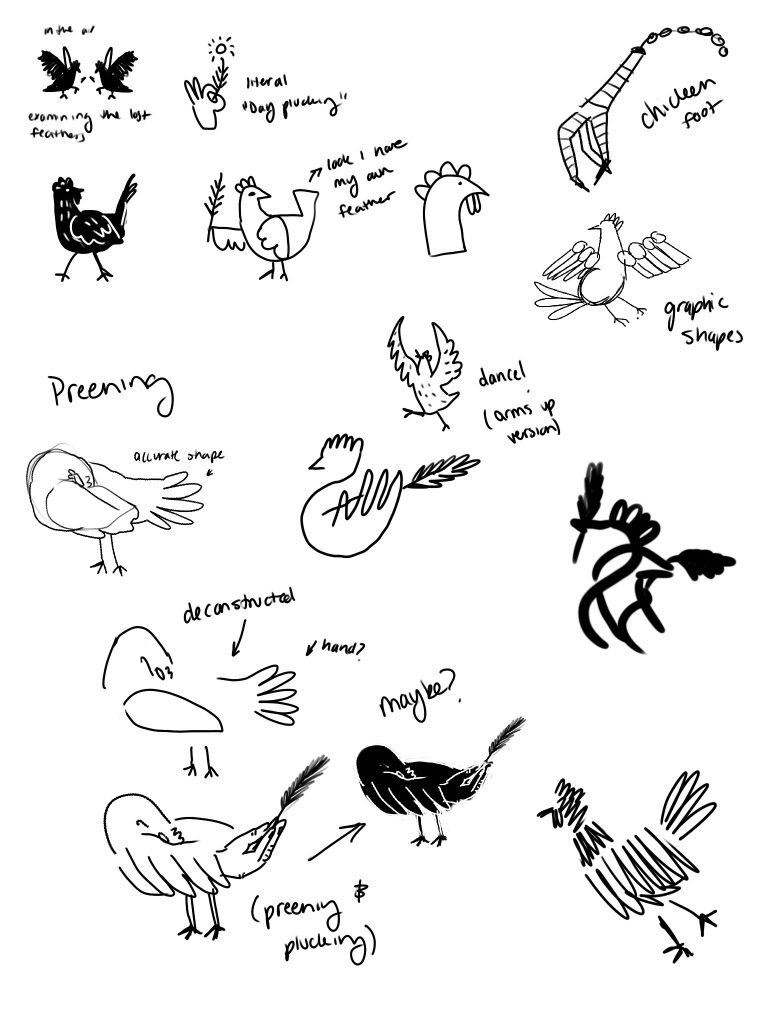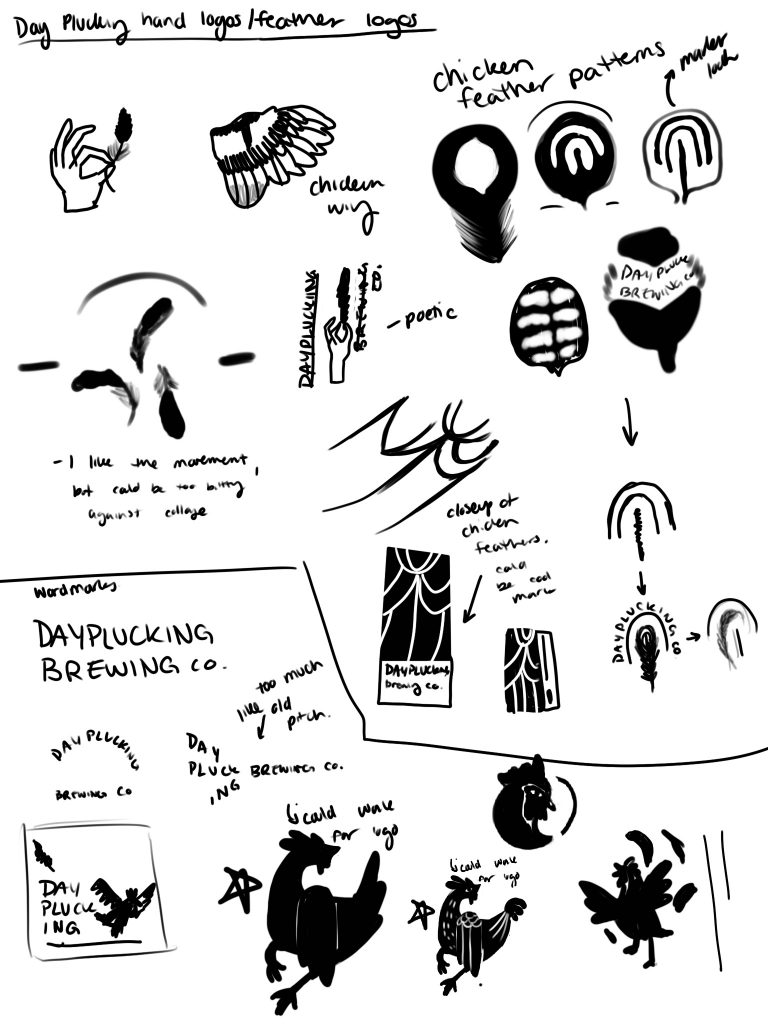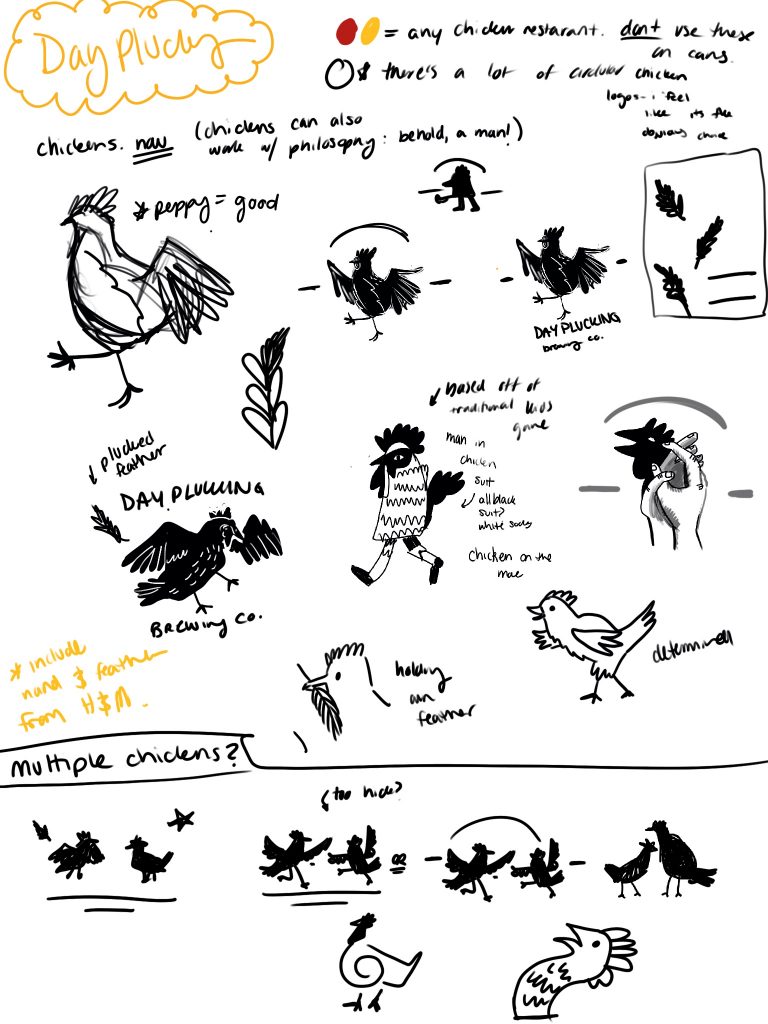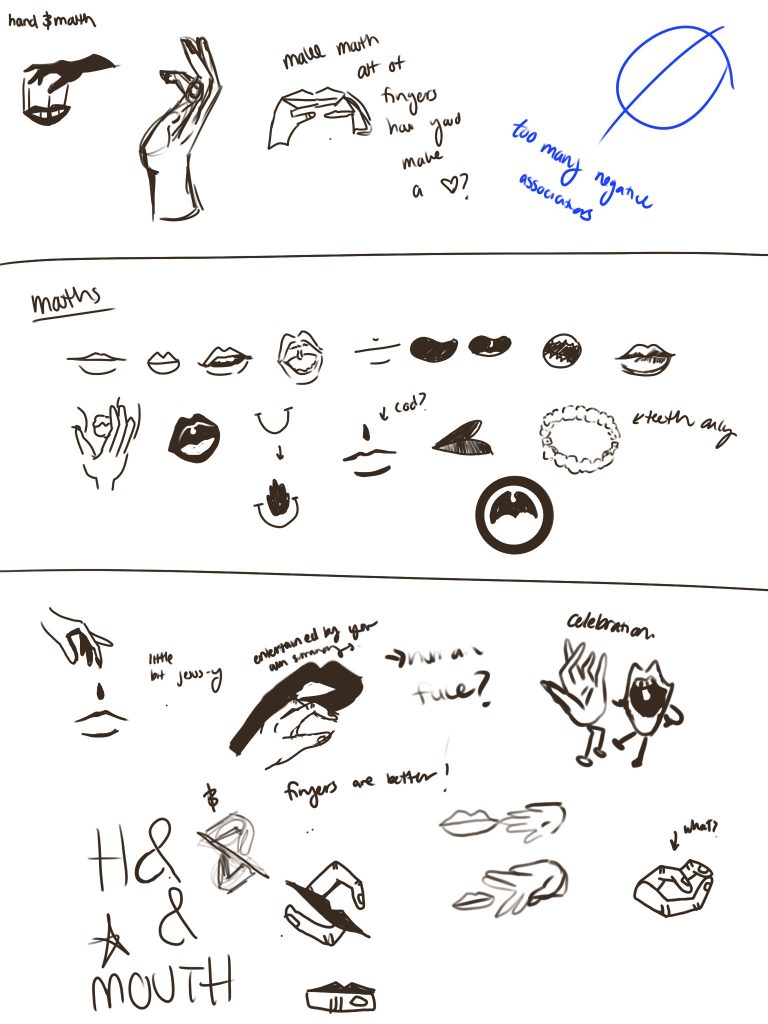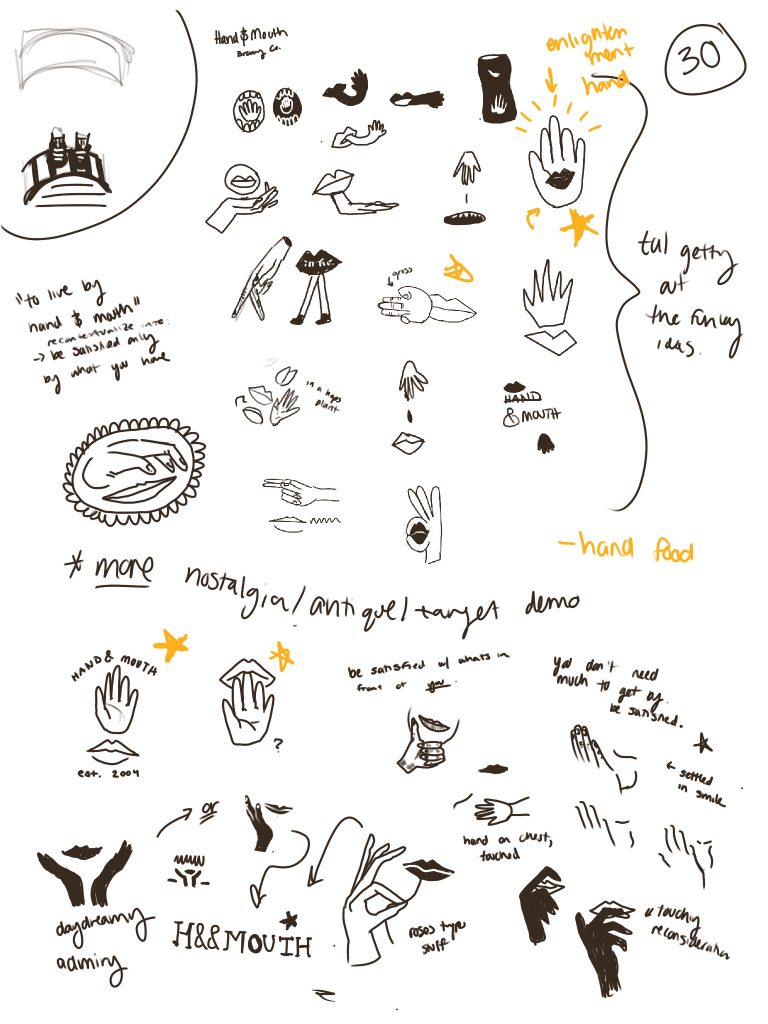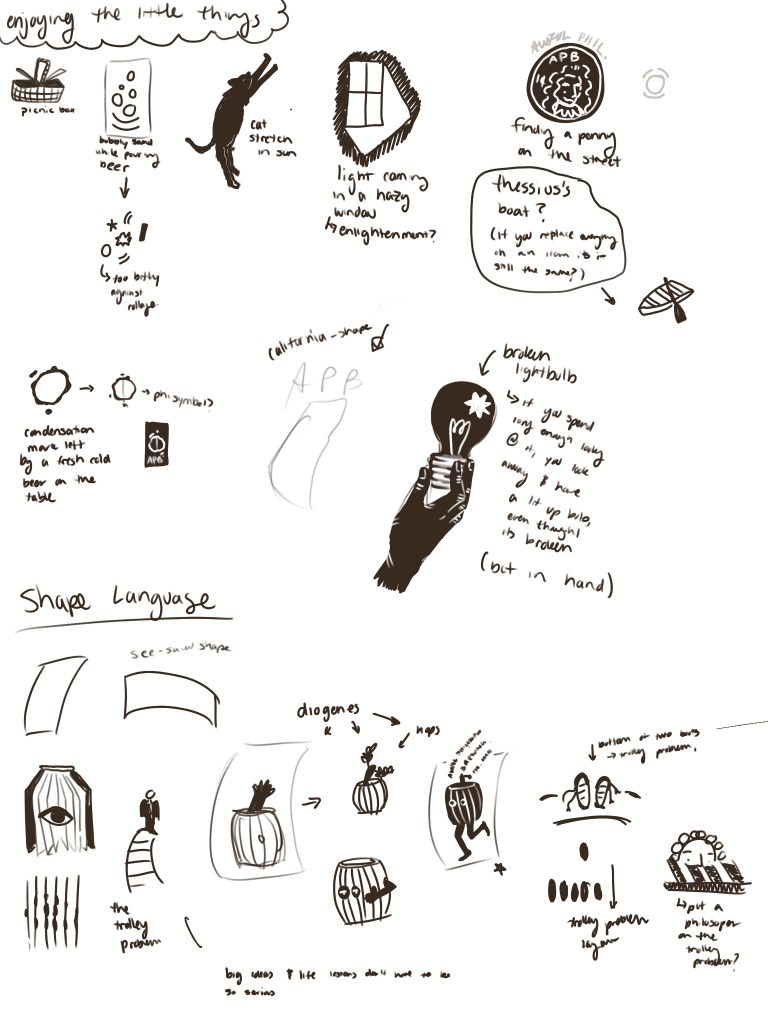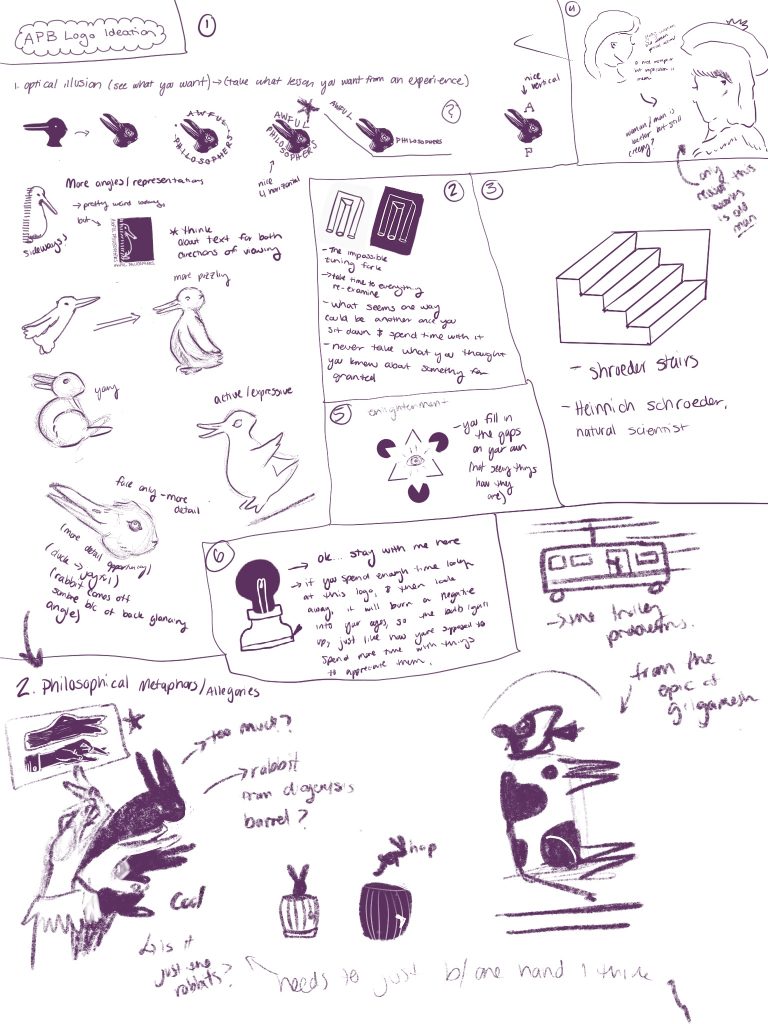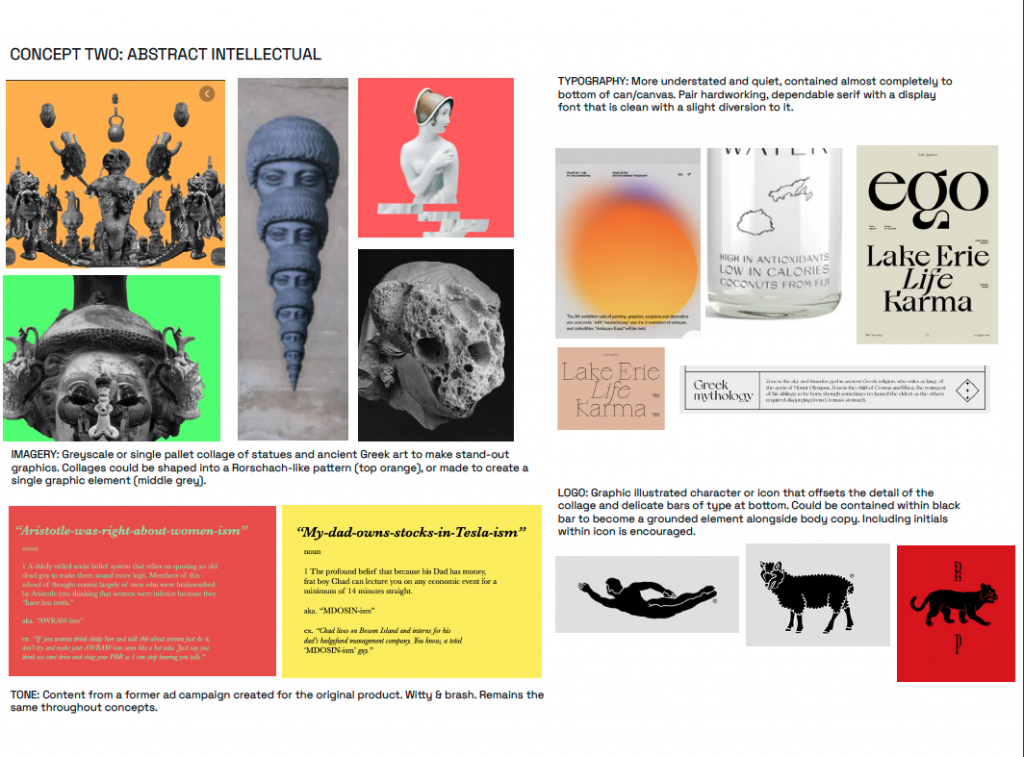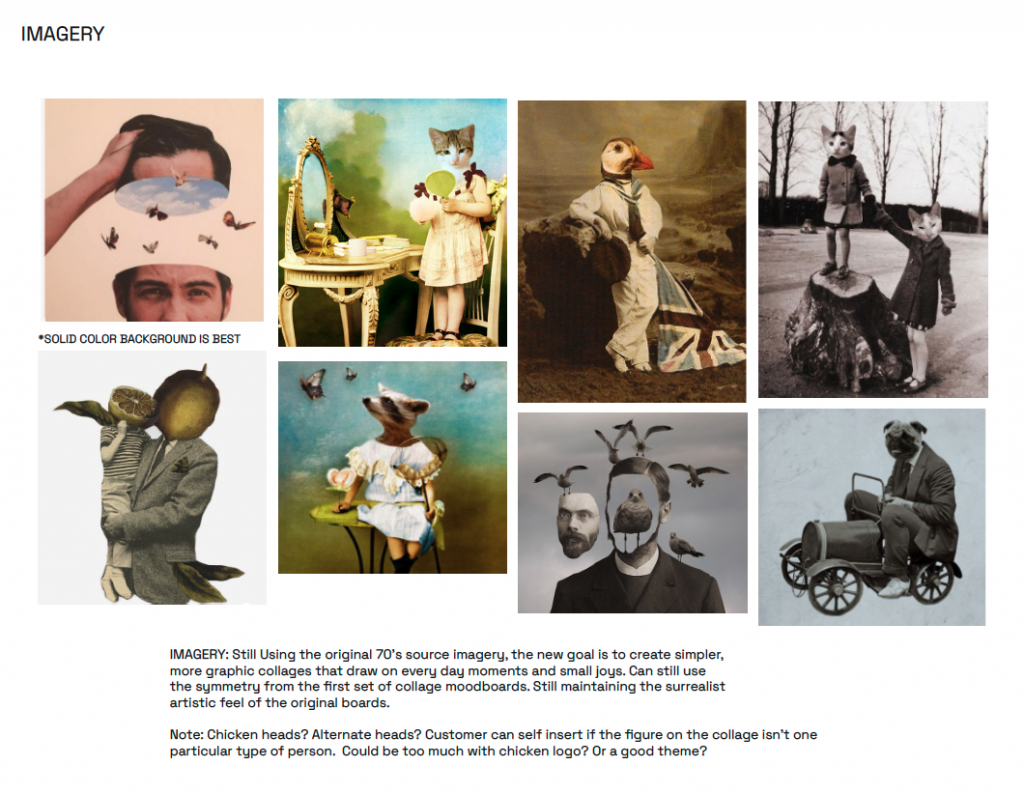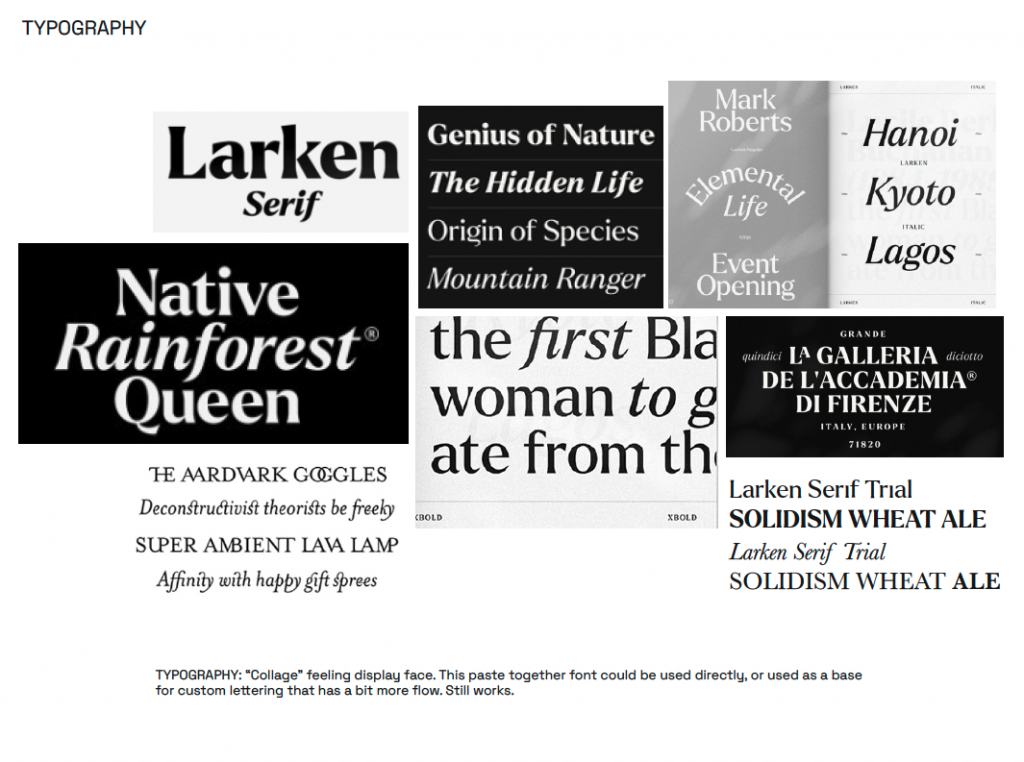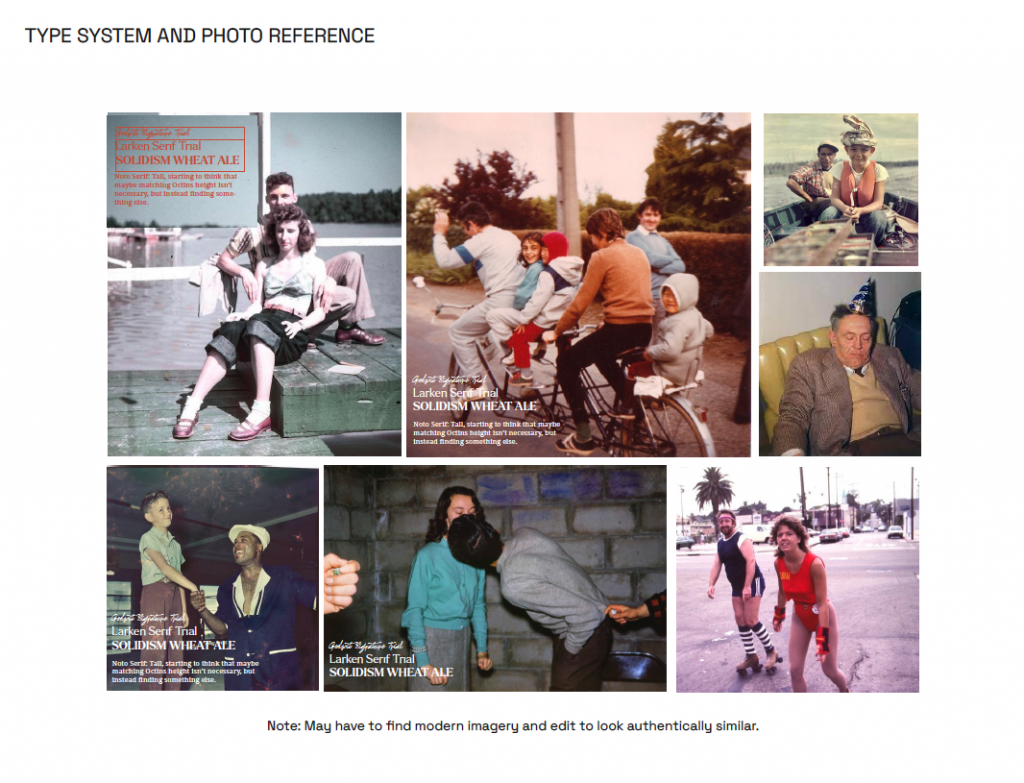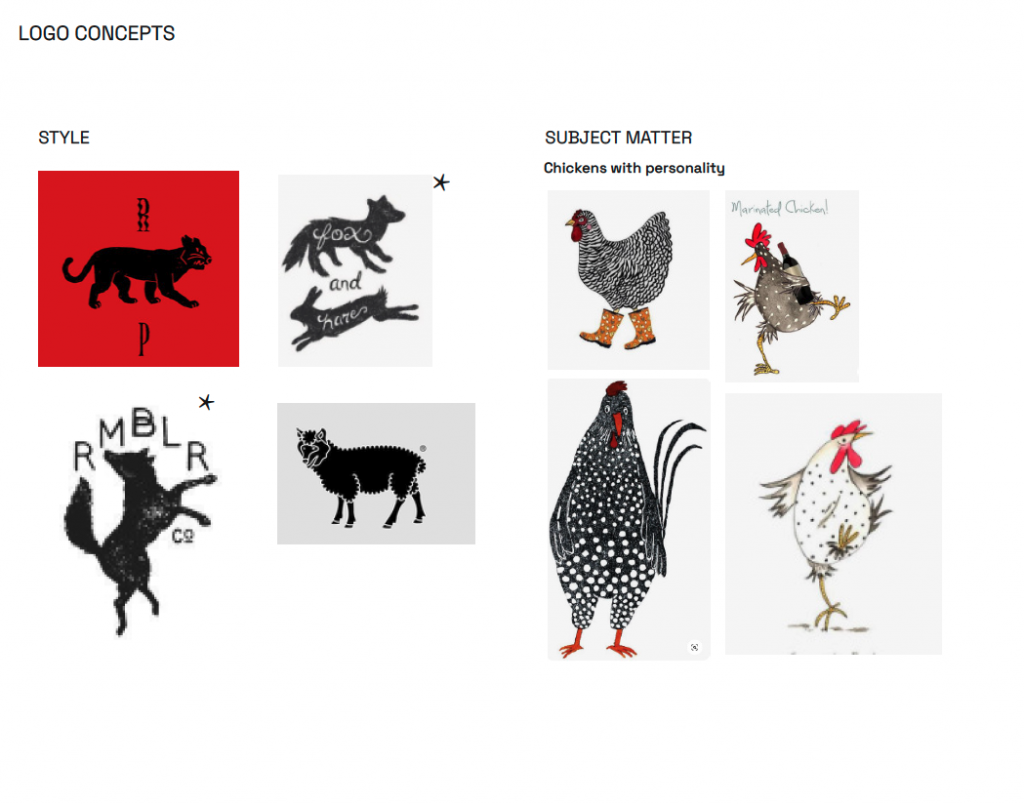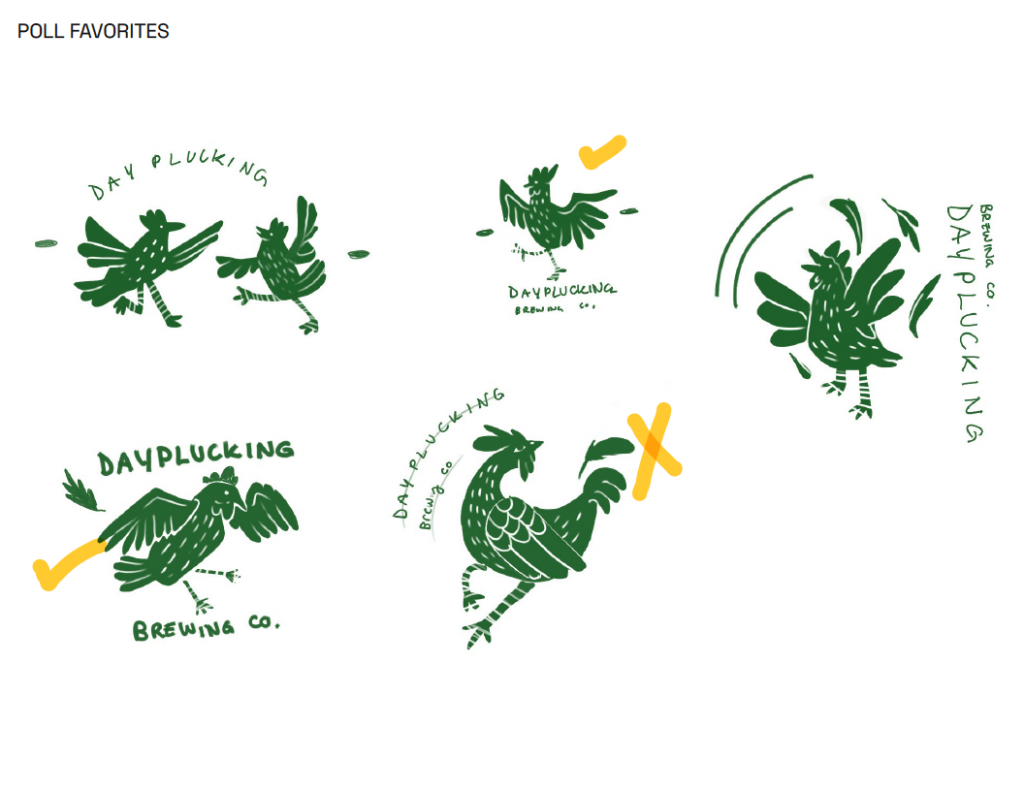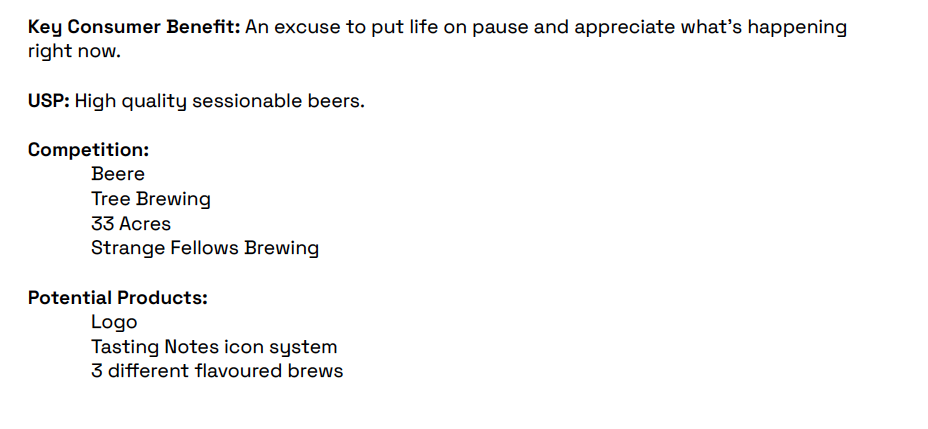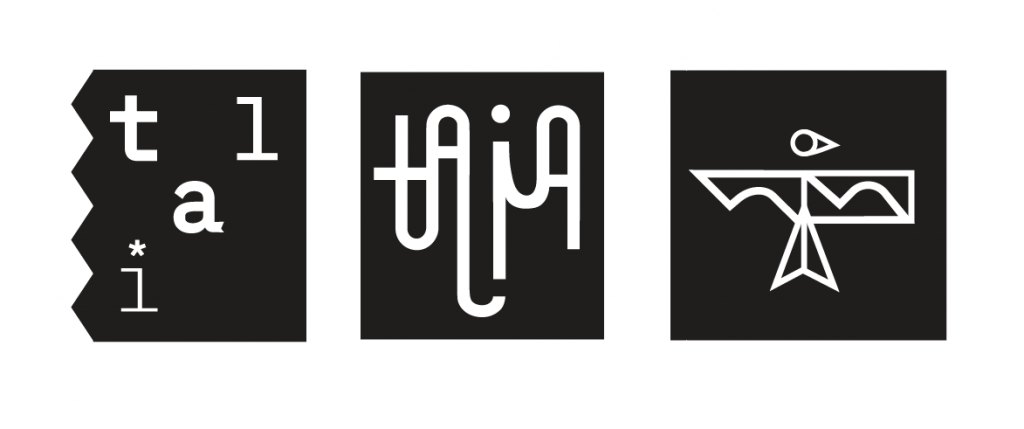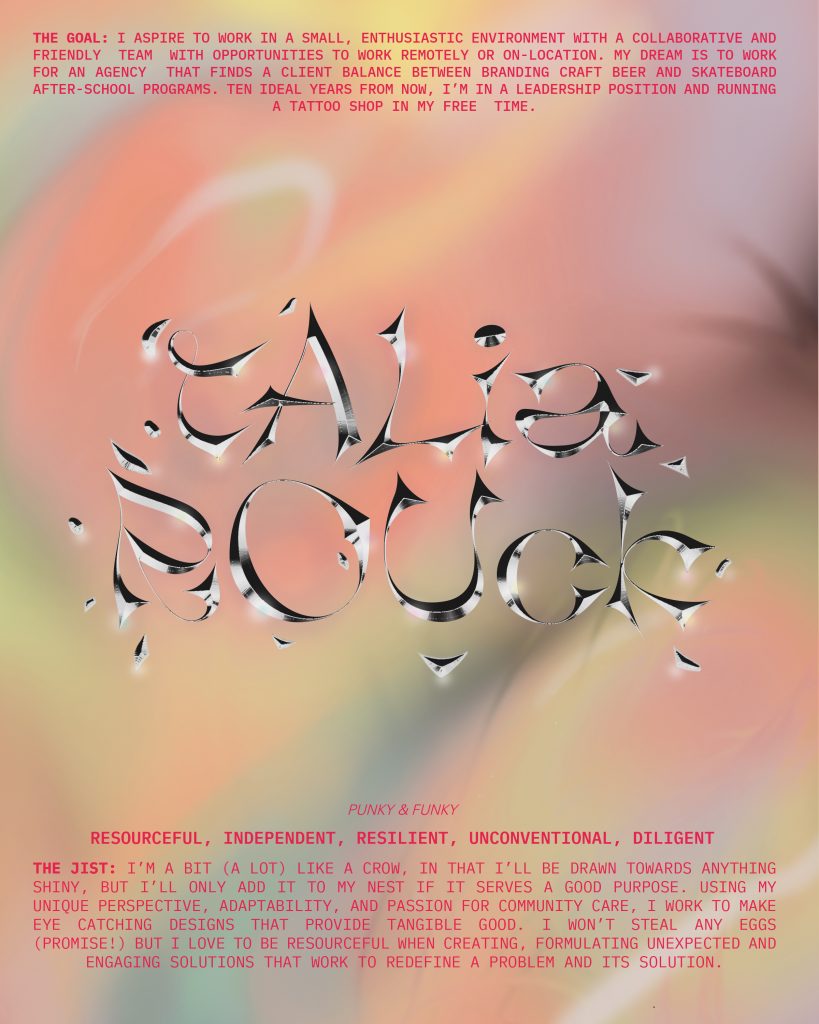This phase took longer than expected! I found that although our initial ideation on our beer brand had potential, since I was using a brief that I created in the first half of second year I was stunted by my original perception/plans for the project. After (multiple rounds of) artboards and tone revision meetings with Patrick, we landed on a brand look/feel that accomplished our original goals and tone revisions, but did so in a much more empathetic and genuine way.
I learned so much in these last couple of weeks nailing down the brand. First, it’s hard to play in the space of “making fun of a group because it’s true and a safe place to play in,” within the beer category. The original brief played off of the snobbish closed-door culture of craft beer drinkers. Turns out, if you’re making fun of these people that makes you exactly the same as them. This is where I realized that although the potential for the idea was there, it resembled my 2nd year, less refined design style than one I wanted to convey now as an almost fourth year student. This stage of problem saving also made me realize what I wanted my voice to be as a designer.
Secondly, there was a lot of knowledge brought to the table about printing and realistic beer business practices. Everything from printing limitations on shrink-wrapped cans to 2-inch clearance areas on alcohol shelving, there’s always so much to learn in specific product categories, which was great and helped narrow down the decision-making process as we continued with the brand revisions.
The most challenging aspect certainly was the conceptual 180 I pulled at the last minute. The old brand just wasn’t sitting right, and I felt like the art direction I had originally brought to the table was stunting my ideation process instead of aiding it, not to mention that the project felt stuck in the style of 2nd year Talia. Although I was confident in the decision, the most challenging part was getting the confidence to present it in that manner. However, this was also the most rewarding, because in order to justify my changes I ended up doing tons of target market research, student peer reviews, and conceptual work to make the brand stronger. At the end of it all, I was able to present the change in a way that made it obvious that it was the correct choice.
Out of 10, I think I’d give myself a 9? Usually, I wouldn’t, but because I did so much work to justify my changes and be 100% sure I was following through with the right concepts, I’m able to say that I fully explored multiple avenues and pushed my ideas as far as possible with the time we had.
Sketches for composition and logo ideation including discarded brand directions:
Final Moodboards (Previous brand iterations not included, but are available if you’d like to see them)

